YouTube’s recommendation engine isn’t a one-size-fits-all black box pushing videos indiscriminately—it’s a highly personalized matchmaking system that constantly learns from each user’s behavior, preferences, and context. In this article, you’ll discover how YouTube puts individual viewers at the center of discovery, the core signals that drive recommendations (from satisfaction surveys to watch time and click-through rates), and why debunking algorithm myths can free you to experiment and serve your audience better. You’ll also learn practical advice for taking breaks without losing momentum, plus advanced tactics—from leveraging dual-audio and multilingual tracks to tapping into YouTube’s AI-powered “inspiration” and “research” tools—that position your content for sustained growth.
May 04 2025 • 9 min read • 1654 words
YouTube’s Algorithm In 2025: A Creator’s Guide to Discovery and Growth
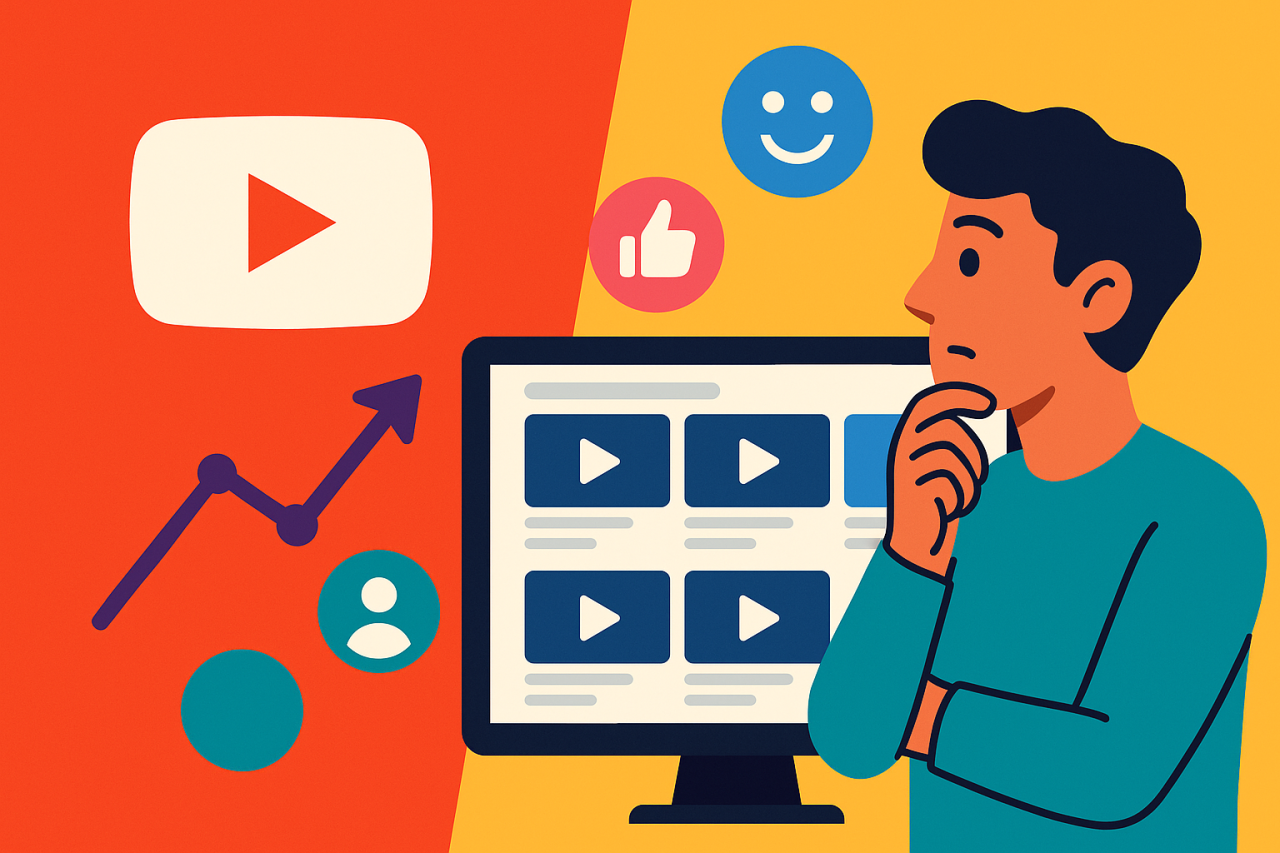
- Understanding YouTube’s Viewer-Centric Recommendation System
- Key Signals Behind the Algorithm: Satisfaction, Retention, and More
- Debunking Common Myths and Essential Hacks for Creators
- Content Cadence: How to Pause Without Getting Punished
- Beyond Basics: Harnessing Multilingual Audio, LLMs, and YouTube’s Analytics Tools
Understanding YouTube’s Viewer-Centric Recommendation System
At its core, YouTube functions more like a matchmaking service than a broadcasting network. Rather than evaluating each video in isolation and asking “Whom should we push this to?”, the platform asks “Who among our millions of viewers would most enjoy this video?” This subtle shift from a video-centric to a viewer-centric mindset is what sets YouTube's algorithm apart.
Every time you open YouTube, the homepage is dynamically personalized. If you watch news in the morning on your phone but prefer comedy at night on TV, YouTube learns your habits and surfaces content accordingly. Todd, who leads Growth & Discovery at YouTube, explains that time of day and device type are crucial context signals. A viewer who habitually starts their day with bite-sized news clips on mobile will see different recommendations than someone winding down on a living-room TV later in the evening. This personalized approach is mirrored across other streaming platforms, but YouTube’s sheer scale and data depth amplify its precision.
Consider nostalgia-driven resurgences: a six-month-old video on ’80s skate culture might lie dormant until a spike in related search queries or a trending creator references the topic. YouTube’s system is designed to pick up on that renewed interest, re-serving the video to both new and original audiences. Unlike a static feed, it operates in waves—surfacing content not just at one point in time, but repeatedly when context and demand align.
For creators, this means your content’s lifespan can extend far beyond its upload date, provided it remains relevant to evolving viewer interests. Rather than obsessing over an initial “push,” focus on crafting evergreen value and a clear viewer journey—anticipating “What will they want to watch next?” once they finish your video.
Key Signals Behind the Algorithm: Satisfaction, Retention, and More
YouTube ingests hundreds of viewer signals—some obvious, some subtle—to rank and recommend videos. While metrics like click-through rate (CTR) and watch time are familiar to creators, the platform emphasized that no single metric reigns supreme. Instead, the algorithm dynamically weights different signals based on factors like content format, device, and even viewer mindset.
Satisfaction Surveys: Direct Viewer Feedback
Unlike a pure engagement-at-all-costs metric, YouTube places high value on viewer satisfaction. After watching certain videos, users may see a short in-player survey asking, “How satisfied are you with this video?” These responses feed directly into recommendation models, overriding raw watch time. A heartfelt endorsement—“I loved this!”—can boost a video’s visibility far more than simply logging minutes watched, while a negative response can dampen its reach. For creators, this underscores the importance of fulfilling the promise of your thumbnail and title: deliver consistently on quality from start to finish.
Watch Time & Retention: Depth Over Duration
Watch time remains a cornerstone signal, but it’s not just about total minutes. YouTube analyzes audience retention curves—identifying where viewers drop off, where engagement spikes, and whether they binge additional videos in a session. Utilizing playlists effectively can extend session length: grouping related videos into a sequence encourages one-after-another consumption, signaling high “session satisfaction” to the algorithm.
Click-Through Rate (CTR): First Impressions Matter
Your thumbnail and title serve as the gateway to your content. A strong CTR indicates that your presentation resonates with viewers’ interests. However, an artificially inflated CTR without delivering on the thumbnail’s promise can backfire—leading to poor retention and dissatisfied feedback. Balance intrigue with clarity: tease the value without resorting to sensationalism.
Contextual Signals: Time, Device, and Demographics
As mentioned earlier, when and where a viewer consumes content matters. Morning mobile sessions might favor quick news bites, while evening living-room sessions lean toward longer, more immersive watch experiences. Additionally, YouTube factors in broad patterns from viewers “like you”—leveraging collective viewing history via collaborative filtering to surface content enjoyed by audiences with similar tastes.
By optimizing across these signals—delivering high satisfaction, strong retention, and compelling first impressions within the right viewer contexts—creators give their videos the best shot at being discovered and re-discovered over time.
Debunking Common Myths and Essential Hacks for Creators
YouTube’s algorithm can feel enigmatic, spawning countless myths. But understanding what the system doesn’t do can be as liberating as mastering its mechanics.
Myth: “I’ll be Punished If I Repurpose Long-Form Content into Shorts” Some creators worry that uploading a short clip from an existing long-form video constitutes “duplicate content” and hurts performance. YouTube’s team clarified this is not the case: well-crafted cutdowns as Shorts have their own feed and are judged on their standalone value. Use Shorts to tease deeper dives in your long-form library without fear of algorithmic reprisal.
Myth: “External Links in Descriptions Always Tank My Reach” It’s common to think that directing viewers off YouTube early in the video “hurts” recommendation potential. In reality, YouTube considers early exits, but doesn’t outright punish creators linking externally. The key hack: delay external call-to-actions until the latter half of your video. Give viewers ample time to engage—watch, like, comment—before guiding them off-platform.
Hack: Focus on Core Viewer Journeys Rather than spreading yourself thin across unrelated niches, map out viewer journeys: if someone discovers Video A, what’s the next logical Video B? Then Video C? Architect your content pipeline so each piece funnels viewers deeper into your channel, boosting session watch time and channel authority.
Hack: Leverage the Subscription Tab as a Control Group The Subscription feed is a purely chronological list—free from recommendation ranking. Analyzing CTR and retention here isolates your “core fans.” A dip in the Subscriptions tab often signals presentation issues (thumbnail, title, hook), whereas dips in Home or Suggested imply broader discovery challenges.
By busting myths and adopting these practical hacks, you reclaim control: algorithm changes become opportunities to refine strategy, not excuses to throw in the towel.
Content Cadence: How to Pause Without Getting Punished
Creators naturally worry that stepping away—whether for a vacation, mental-health break, or big project—will trigger algorithmic “punishment.” In truth, YouTube’s recommendation engine simply fills the content gap for viewers by surfacing alternatives they might enjoy.
Imagine your audience accustomed to seeing your video every Sunday morning. Skip one week, and viewers logging in instead discover new channels or trending topics. Resume uploading, and YouTube doesn’t magically restore your previous “slot”; it ranks fresh uploads based on current performance signals and viewer context. Your comeback video may not immediately reclaim prime real estate—momentum must be rebuilt.
Pro Tips for Smooth Breaks and Comebacks Upon return, monitor your Subscription tab performance—it reflects your most loyal viewers. Use that feedback to refine your thumbnail, title, and hook before broader Home and Suggested promotion kicks in. Treat your comeback like a relaunch: announce it clearly, deliver immediate value, and guide viewers into evergreen content that bolsters your session watch time.
Premium content
Log in to continue
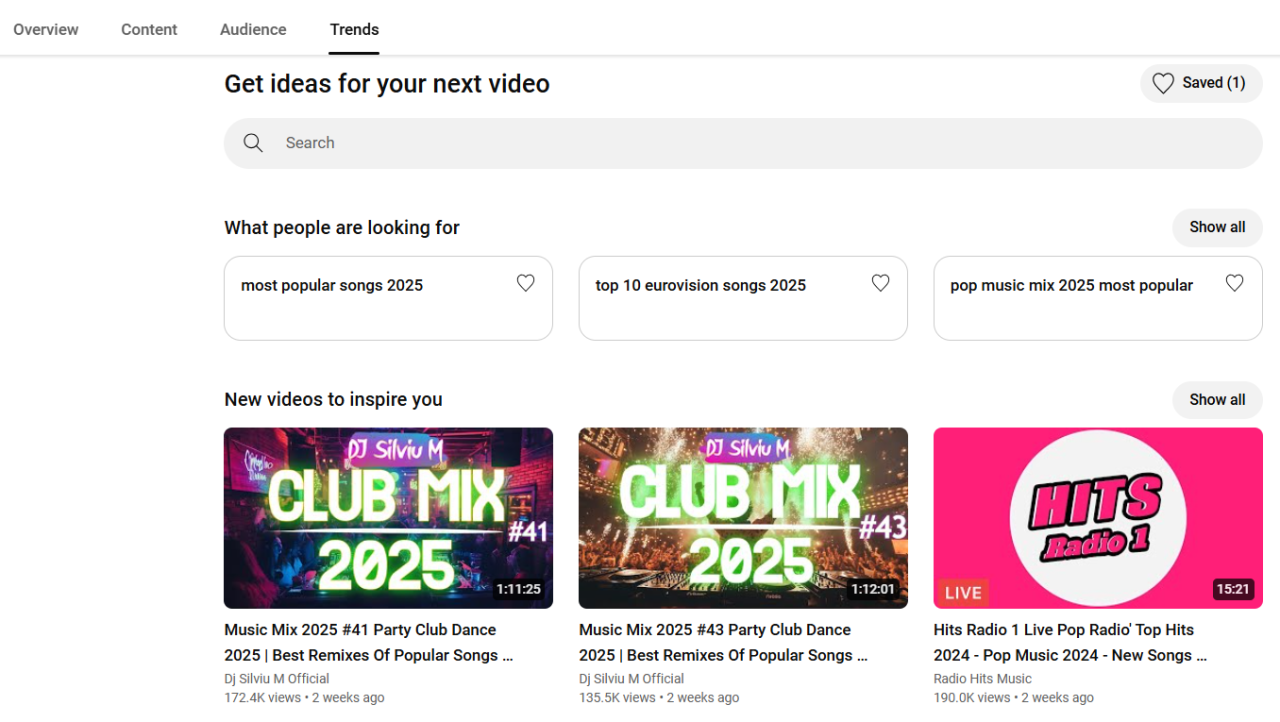
Beyond Basics: Harnessing Multilingual Audio, LLMs, and YouTube’s Analytics Tools
As YouTube scales globally, creators gain new levers for discovery:
Multilingual and Dub Tracks Uploading translated titles, descriptions, and dubbed audio tracks unlocks fresh audiences. YouTube now tracks performance per language variant, allowing the algorithm to optimize recommendations independently. Creators aiming for global impact should dub at least 80% of their watch-time-heavy catalog in target languages to hit critical mass and sustain viewer journeys.
Large Language Models (LLMs) for Nuanced Matching YouTube has integrated LLMs to understand content at a deeper, more granular level—think ingredients in a cooking video or the emotional tone of a vlog. Just as expert chefs improvise beyond recipes, LLM-powered recommendations generalize from nuanced patterns rather than memorizing click-bait correlations. Creators don’t need new titles or tags—just keep delivering authentic, detailed content for the AI to index more precisely.
YouTube Studio’s “Research” and “Inspiration” Tabs Research Tab: An SEO-style tool revealing high-demand, low-supply topic gaps. Filter by search queries your audience uses but few creators serve well.
Inspiration Tab: An AI-driven ideation assistant that suggests potential video titles, thumbnails, scripts, and even view-potential ratings (high/medium/low). Treat it as a brainstorming partner—validate ideas before investing hours in production.
Similar Audiences and Competitive Analysis Under “Audience” → “Other channels your viewers watch,” identify blind spots and adjacent niches. If your tech audience also frequently watches a particular science channel, exploring crossover topics (e.g., tech in medicine) can spark growth.
By marrying multilingual expansions, LLM-driven precision, and built-in analytics tools, creators can both widen reach and sharpen relevance—fueling sustained discovery in 2025 and beyond.
Armed with these insights—viewer-centric design, signal mastery, myth-busting hacks, strategic breaks, and advanced growth levers—you’re ready to forge deeper connections, ride algorithmic waves, and chart a course toward lasting YouTube success. Go forth, experiment with purpose, and let each upload become a new opportunity for your audience to discover and delight in your work.
You might like
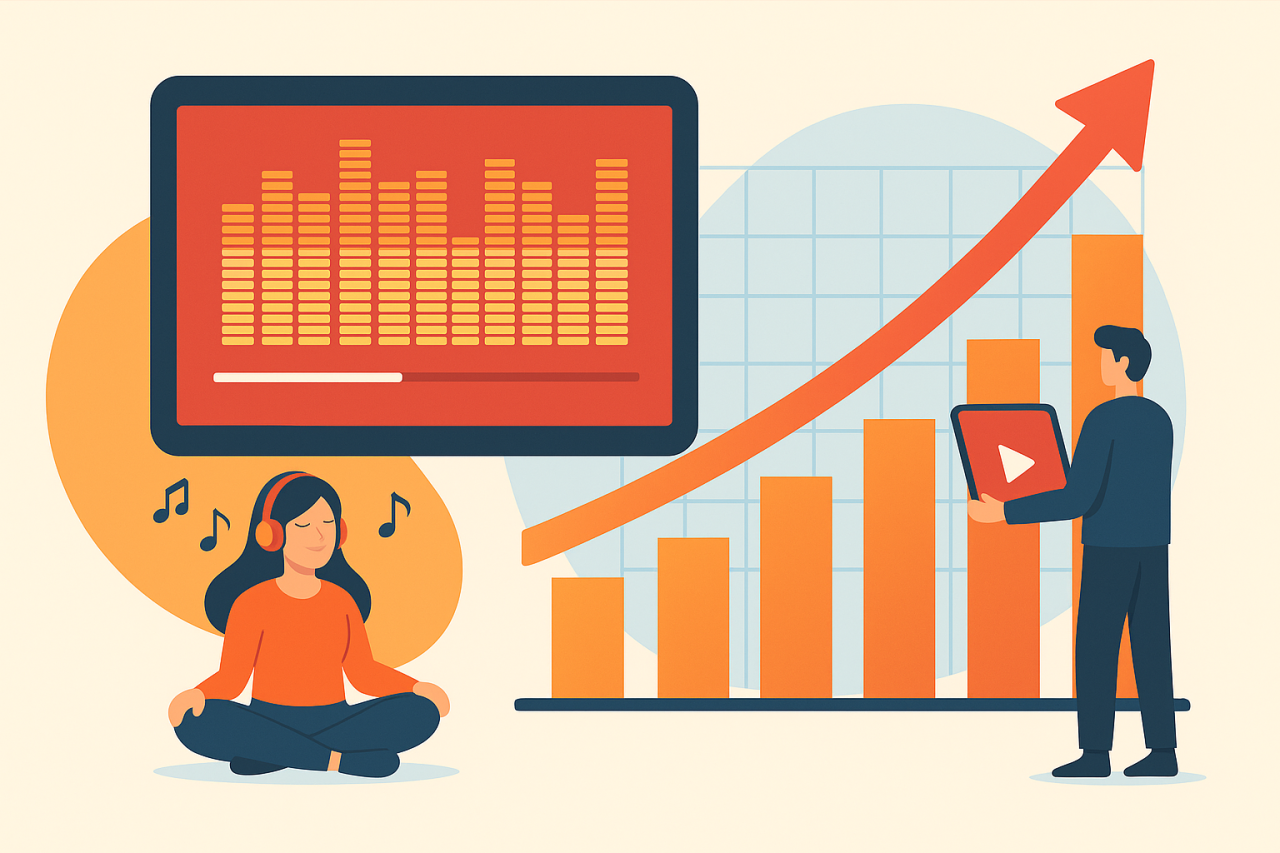
Video Length and YouTube Algorithm: Strategies for Music Channels in 2025
May 03 2025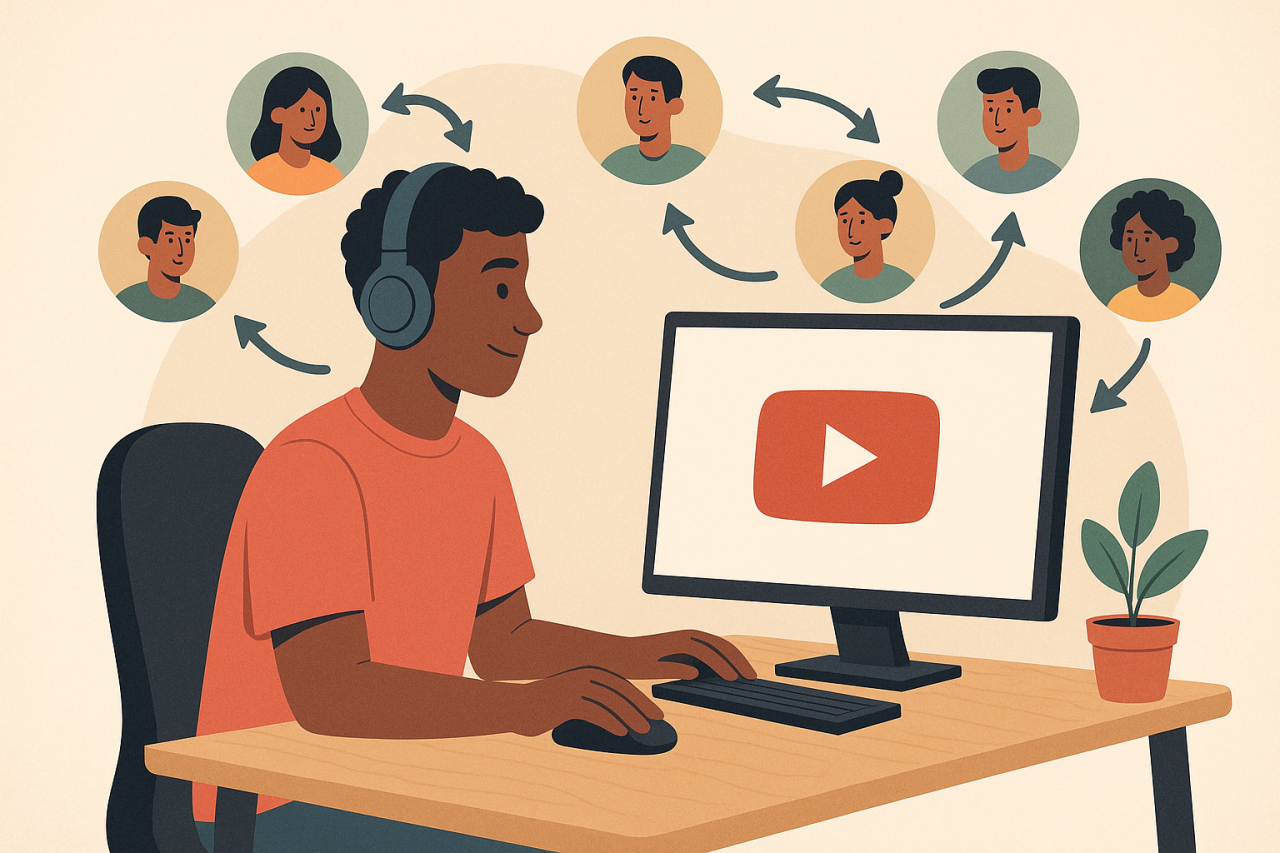
YouTube Creators: How Many Returning Viewers Do You Have?
May 19 2025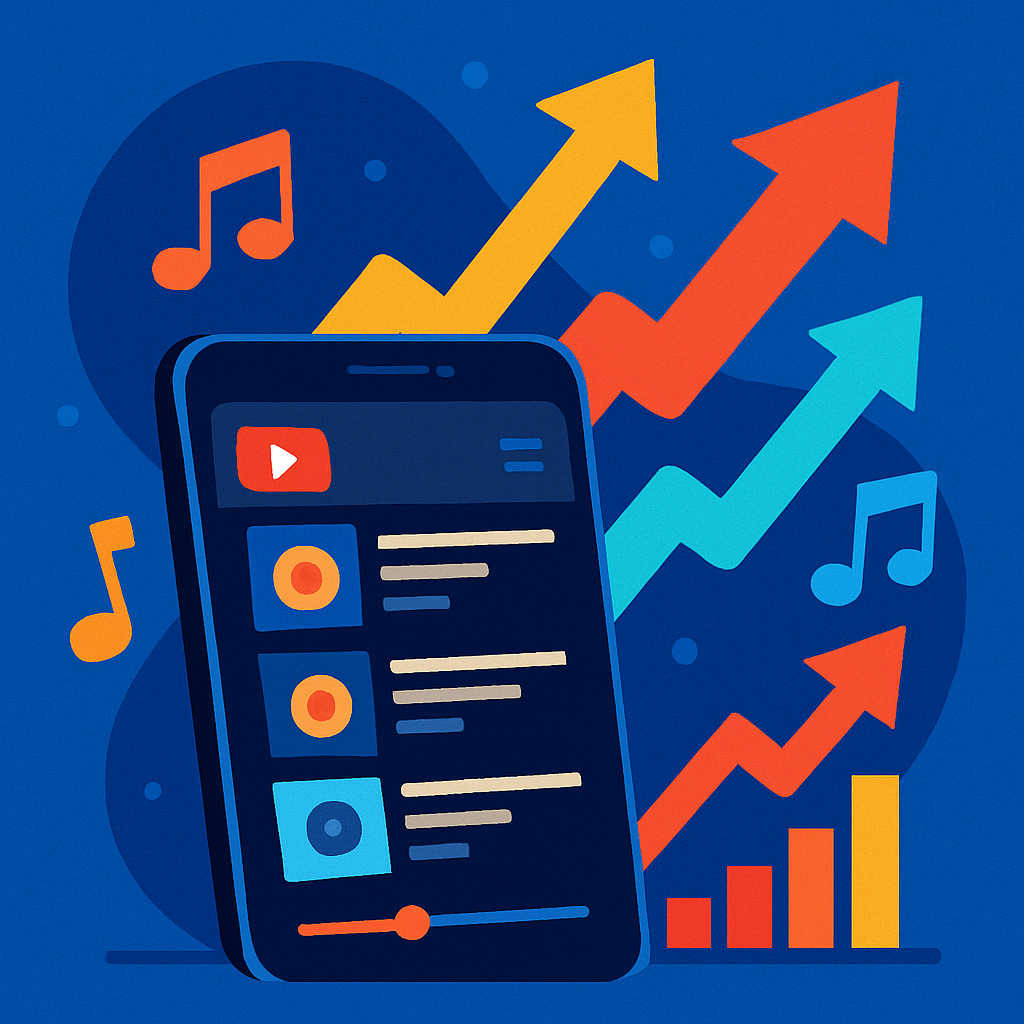
How YouTube Playlists Boost Music Channel Performance
May 04 2025
YouTube Video Content vs. AI Realism: Why Creator Survival Won’t Be Easy
May 30 2025